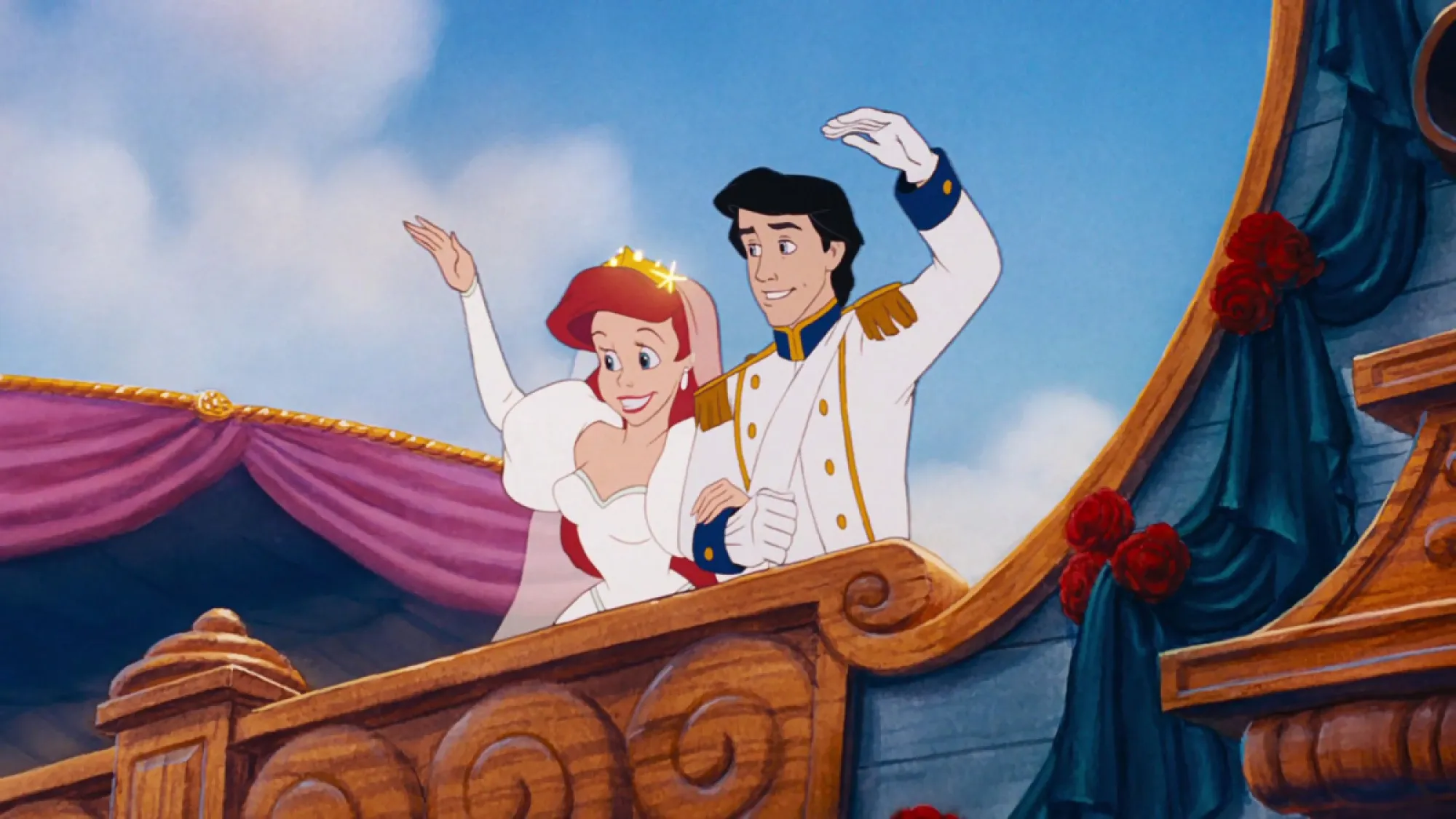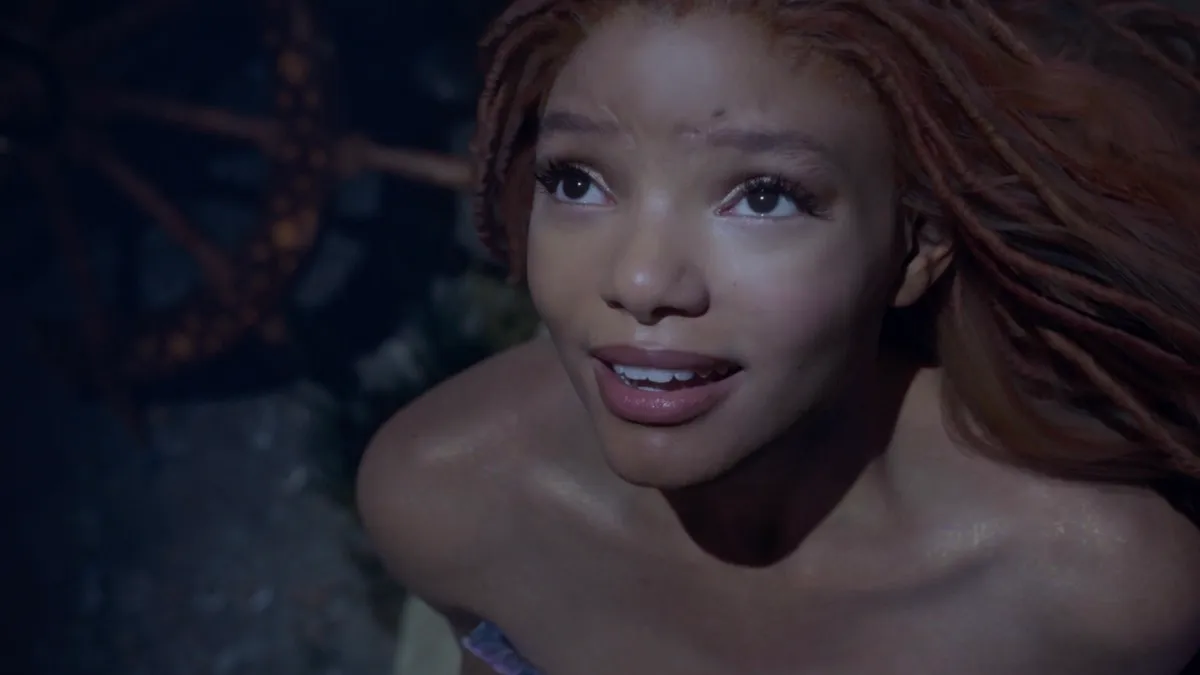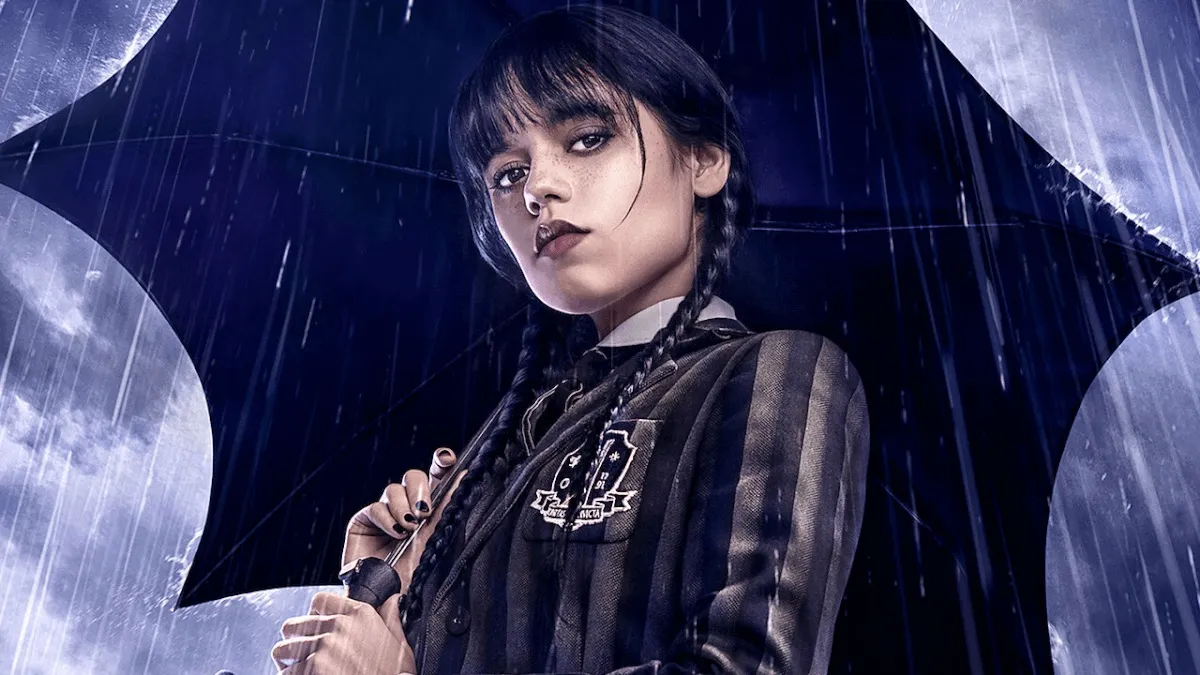The live-action remake of Disney’s The Little Mermaid is finally hitting theaters in May. We haven’t seen many clips from the movie so far, but what we have seen—teasers of the underwater CGI work, a few short seconds of star Halle Bailey singing a couple of iconic lines from “Part of Your World,” and the briefest of flashes of Melissa McCarthy’s Ursula—is more than enough evidence that the studio is once again trying to get us in our nostalgic feelings.
Disney’s animated The Little Mermaid movie came out in 1989 and pretty much single-handedly saved the company. The film kickstarted the era known as the Disney Renaissance and won two Academy Awards for its music, both for Best Original Score and Best Original Song.
The image of The Little Mermaid‘s protagonist, Ariel, with her iconic red hair that defies the laws of physics and her passion for human gadgets and thingamabobs, has been cemented into everyone’s collective imagination—so much so that it might be hard to remember that the original little mermaid is vastly different from her Disney counterpart.
Like many Disney classics, The Little Mermaid was inspired by a popular fairy tale that was adapted to fit the studio’s trademark themes and styles, shaving off any of the crude or gory details that are usually very popular in fairy tales and folk stories. The original version of The Little Mermaid is no exception.
The original The Little Mermaid is a literary fairy tale written by Danish author Hans Christian Andersen around the middle of the 19th century. In the years since its publication, the story has become one of Andersen’s most well-known works—so much so that a statue dedicated to the Little Mermaid famously stands at Langelinie Pier in Copenhagen, the capital city of Denmark.
While some of the major story beats are the same—a mermaid falls in love with a human prince, saves him from drowning, and then trades her voice to a sea witch for a pair of human legs so she can be with her beloved—there are several details that Disney adjusted or chose to outright omit.
The process of becoming human is much more painful in the original story than in the Disney version. Andersen’s story describes how each step the Little Mermaid takes on her human legs feels as if she’s walking on sharp knives. The stakes of her bargain with the sea witch are also higher since she has to marry the prince or else die the morning after he exchanges vows with someone else, dissolving into seafoam. And then there’s the issue of the eternal soul, something the Little Mermaid learns that humans have and mermaids don’t, and that she longs to obtain along with the prince’s love.
The biggest change Disney made to The Little Mermaid, though, had to do with the love story and the ending—because of course a Disney movie has to have a happy ending in which Ariel ends up marrying her Prince Eric in her iconic ’80s wedding dress. The Little Mermaid in Andersen’s story, however, has a completely different path ahead of her.

In Andersen’s telling, the Little Mermaid becomes the prince’s favorite companion, but he does not fall in love with her. Instead, he ends up marrying the princess from a neighboring kingdom with whom he was already engaged, believing she was the one who saved him from drowning. The Little Mermaid is destined to turn into seafoam when the sun rises after the prince and princess’s wedding celebration, which takes place on a ship.
That same night, the Little Mermaid is visited by her sisters, who rise up from the sea with a gift: a dagger, for which they traded their hair to the sea witch. They tell the Little Mermaid that if she kills the prince with the dagger and lets his blood touch her feet (!), she will turn back into a mermaid and be able to rejoin her family under the sea. However, the Little Mermaid can’t bring herself to kill the person she loves, so she ends up throwing herself off of the ship just as the sun begins to rise.
And this is where the Little Mermaid’s desire for an eternal soul comes into play. After turning into seafoam at dawn, she’s actually transformed again—this time into a spirit of light, a so-called daughter of the air. She joins the other daughters of the air, who explain that the Little Mermaid has become one of them because of her dedication to obtaining a soul. As a daughter of the air, the Little Mermaid is tasked with doing good deeds for humanity for 300 years, at the end of which they will all finally earn souls of their own and rise up into Heaven.
While the final, very Christian-like message raised some doubts among critics and some intellectuals, interpretations of the Little Mermaid’s story tend to go beyond a simple morality tale. The physical changes she goes through over the course of the story, as well as the attire she wears once on land (in some versions of the story, the prince has her dress as a page boy), have always been seen through the lens of gender and gender expression.
Andersen’s personal life also lends this story of a one-sided love that has no way of ever being fulfilled a whole new meaning. Andersen left written proof of his romantic feelings for men, and The Little Mermaid in particular was written right around the time he heard that Edvard Collin, a Danish civil servant and also the object of his affection, had gotten engaged to a woman.
Whatever reading one chooses to go with, The Little Mermaid ultimately remains one of the most iconic fairy tales ever told and, like all good stories, one we like hearing time and time again. It will be interesting to see how Disney’s new live-action reimagining repurposes Andersen’s themes.
(featured image: Disney)









Published: Mar 2, 2023 12:07 pm